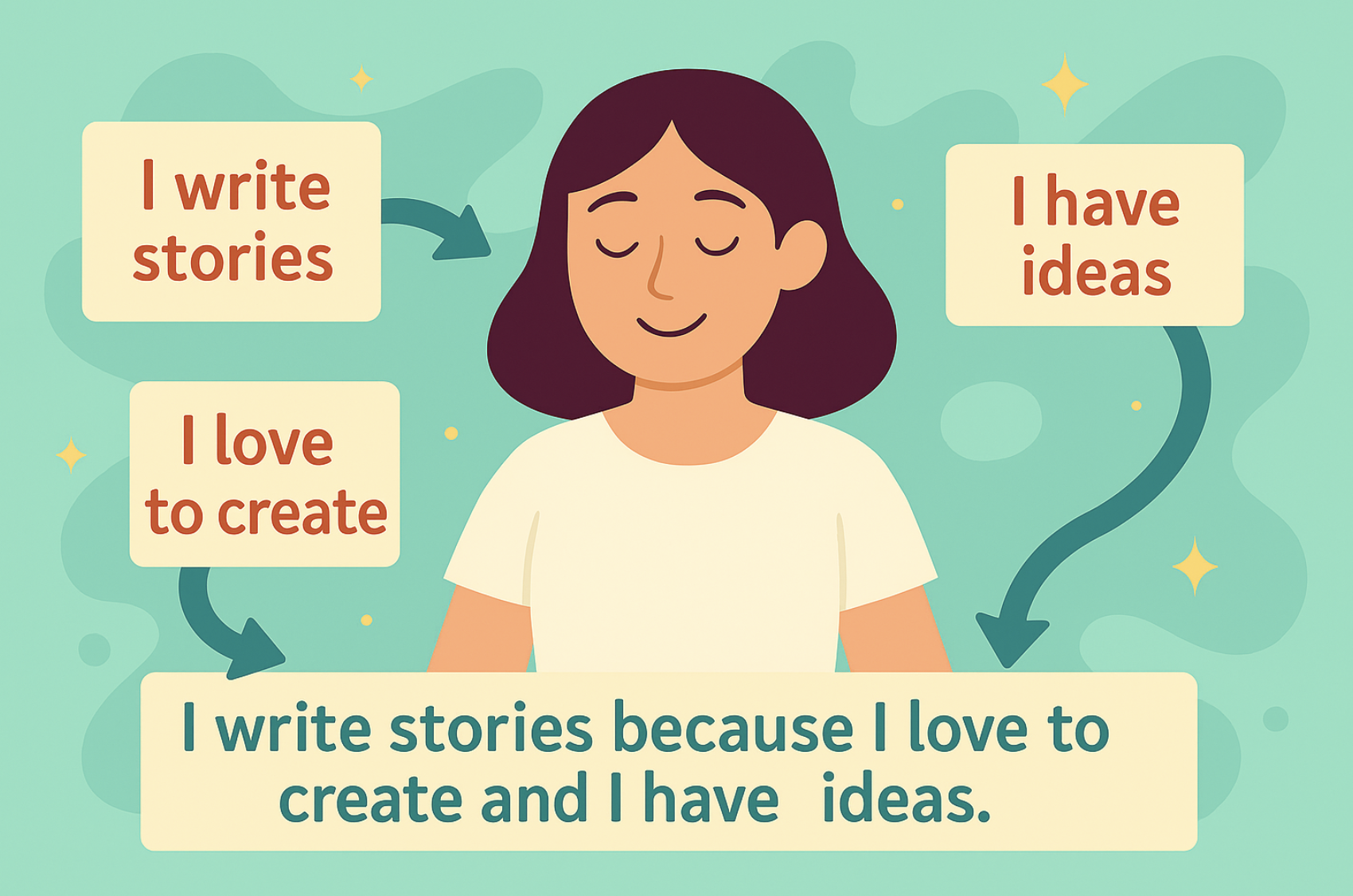When it comes to storytelling, narrative techniques or elements are the invisible thread that pulls readers along, making them whisper, “Just one more page.” But what are these tools specifically, and how do they help build suspense? Simply put, they are the tools writers use to engage readers, create emotion, and drive the plot forward. Without them, even the most exciting story can fall flat. In this article, we’ll explore storytelling methods examples that effectively build tension, from pacing to dramatic irony. If you’ve ever wondered, “What are some narrative techniques?”, keep reading to discover how to keep your audience hooked until the very last word.
Understanding Tension
Tension is the lifeblood of any compelling story. It’s the literary device that creates a sense of conflict, suspense, or uncertainty, keeping readers on the edge of their seats. In creative writing, tension is what makes readers whisper, “Just one more page,” as they become deeply invested in the narrative. Whether it’s through character reactions, unexpected plot twists, or the setting itself, tension is the key to keeping readers engaged and eager to know what happens next.
What is Tension in a Story?
Tension in a story is the emotional response to conflict or uncertainty. It’s the force that drives readers to wonder what will happen next, compelling them to keep flipping the pages. Effective tension involves giving the reader a glimpse of a possible satisfying resolution and then skillfully following through with that satisfaction. It’s about creating a sense of anticipation and keeping readers hooked until the very end.
The Battle Within: Using Internal Struggle and External Conflict
Tension isn’t just about explosions and cliffhangers. Sometimes, the most compelling drama comes from within. Your character’s internal struggle—the doubts, fears, or moral dilemmas they wrestle with—can be just as gripping as the external threats they face. Effective narrative tension captivates readers and propels the story forward, making them eager to discover what happens next.
Consider Frodo from The Lord of the Rings. Sure, he’s got orcs and wraiths on his tail, but it’s his internal conflict, his battle with the seductive pull of the One Ring, that really keeps us invested. Pairing these inner demons with external pressures creates a perfect storm of tension that keeps readers emotionally hooked. It’s the force that drives readers to wonder what will happen next, compelling them to keep flipping the pages. By creating tension, writers can foster emotional investment, making readers care deeply about the characters and their fates.
In life and in literature, it’s often the conflict between what we want and what we need that creates the most drama. So when in doubt, dial up the inner turmoil—it’s a surefire way to keep the pages turning.
Dramatic Irony: Letting the Reader In on the Secret
One of the more sophisticated narrative techniques – Dramatic irony is the classic case of “I know something you don’t!” It’s like watching a character walk into a dark room while you, the reader, know there’s a monster lurking just behind the door. This technique creates that delicious, stomach-clenching sense of anticipation as you wait for the inevitable reveal. Dramatic irony is a powerful tool for creating narrative suspense, as it keeps readers on edge, anticipating the moment when the truth will be revealed.
Think of Romeo and Juliet—we know Juliet isn’t dead, but Romeo doesn’t. The tension comes from knowing that tragedy is about to strike, and you just can’t look away. Dramatic irony creates a “just one more page” effect because readers are in on the secret, making them want to see how the characters will react when the truth comes crashing down.
Short Sentences, Sudden Events: Making Every Word Count
In writing, sometimes less really is more. Short, sharp sentences can create a sense of urgency, almost like a literary heartbeat quickening in a moment of panic. Paired with sudden events—a surprise attack, an unexpected twist—this technique throws readers into the thick of the action without giving them time to catch their breath.
Take a scene from any good thriller: “She heard a noise. Her heart stopped. Footsteps. Getting closer.” These quick, staccato sentences mirror the character’s rising fear, pulling readers in as if they, too, are holding their breath, waiting for what comes next. This technique can also create surprise tension, as unexpected changes to the characters’ familiar routines heighten suspense and keep readers guessing.
Sudden events are equally powerful for creating tension, especially when they come out of nowhere. A calm scene interrupted by chaos instantly heightens drama and makes readers hungry for the resolution that will (hopefully) come later. But don’t give them all the answers too soon—let them sweat it out for a while!
Weather and Setting: Nature as a Character
There’s nothing like a good storm to add tension, both literally and figuratively. The weather, setting, and environment can all serve as silent characters in your story, amplifying the emotions of your main cast and adding layers of suspense.
This technique, known as pathetic fallacy (yes, it sounds fancy, but it’s easier than it looks), is about aligning nature with human emotions. A brewing storm can reflect a character’s inner turmoil, or a scorching desert can emphasize the dire stakes in a survival narrative. The environment can also contribute to task tension, as characters face challenges and obstacles that heighten the story’s suspense. Whether it’s the relentless rain pounding down or the eerie silence of a dark forest, nature can mirror—or even magnify—the tension within your plot.
Think of The Shining and how the isolation of the hotel in the middle of a snowstorm becomes a character of its own, contributing to the psychological tension. Your setting can do the same, turning even quiet moments into something that hums with unease.
Use All Your Senses to Create Tension
To truly immerse your readers in the story and create tension, it’s essential to engage all their senses. By incorporating sensory details, you can craft a more vivid and engaging experience that heightens the story’s tension.
Imagine describing a scene not just visually, but through sound, smell, taste, and touch. Instead of saying, “the room was dark and scary,” you could paint a more immersive picture: “The room was shrouded in darkness, the air thick with the scent of decay, and the sound of creaking floorboards made her skin crawl.” This sensory language pulls readers deeper into the scene, making the tension palpable.
Show how your character’s senses are affected by the tension or conflict. The flicker of a shadow, the distant echo of footsteps, the metallic taste of fear—these details can amplify the atmosphere and mood, making the tension almost tangible.
Opposing Goals: The Art of Character Tension
Tension doesn’t just live in high-stakes action or eerie settings—it often comes from the characters themselves. When two characters want completely different things but are forced to interact, you’ve got a recipe for ongoing conflict and tension. This dynamic is crucial for maintaining the story’s tension, as the clash of opposing goals keeps readers invested in the outcome.
A great example is the dynamic between Sherlock Holmes and Dr. Watson. Holmes’s eccentricity often grates against Watson’s more grounded personality, creating tension in their partnership. It’s not that they’re enemies, but their differing perspectives create an undercurrent of friction that keeps their relationship interesting and the reader engaged.
Opposing goals can take many forms—romantic tension, professional rivalry, or simply clashing personalities. When characters with contrasting motivations share scenes, the tension naturally bubbles to the surface, making readers curious about how (or if) they’ll resolve their differences.
Raise the Stakes – Then Raise Them Again!
Raising the stakes is a powerful technique to create tension and suspense in your story. By increasing the consequences of failure or the rewards of success, you can instill a sense of urgency and importance that keeps readers glued to the narrative.
Start by identifying what your character stands to lose or gain. Make these stakes personal and emotional, so readers feel the weight of the potential outcomes. Gradually raise the stakes throughout the story, ensuring that each new challenge is more daunting than the last.
Consider using the rule of threes: have your character face two unsuccessful attempts to solve a problem before finally achieving success on the third try. This pattern builds tension and keeps readers invested in the character’s journey. For example, instead of saying, “the hero must save the world from destruction,” you could say, “the hero must save his family from destruction, and if he fails, he will lose everything he holds dear.” This personalizes the stakes, making the tension more immediate and relatable.
Your Publishing Journey Awaits – Start NowPacing is Key to Creating Tension
Pacing is the rhythm of your story, and it plays a crucial role in creating tension and suspense. By controlling the pace, you can evoke a sense of urgency, excitement, or calm, depending on what the narrative demands.
Use fast-paced chapters to create forward momentum and a sense of urgency. These quick, action-packed scenes can make readers’ hearts race, mirroring the character’s desperation or fear. Conversely, slower-paced chapters give your character a chance to reflect on their goals and motivations, providing a breather before the next wave of tension hits.
Varying the pace is essential to maintaining tension. A constant high pace can be exhausting, while a slow pace can become monotonous. By alternating between fast and slow scenes, you create a dynamic flow that keeps readers engaged. Use pacing to build dramatic tension and create a sense of anticipation. For example, instead of saying, “the hero ran through the forest,” you could say, “the hero sprinted through the forest, his heart pounding in his chest, as he desperately tried to escape the danger lurking behind him.” This variation in pacing keeps the story’s tension alive and readers eager for more.
Keep the Tension Flowing: Creating Tension
The secret to great storytelling is to never let the tension completely dissipate. Even during the quieter moments, there should be an undercurrent of uncertainty—an unspoken question or unresolved conflict that keeps readers turning the page. Remember, there is no hard and fast rule for creating tension; it’s about finding the right balance for your story. Whether it’s through internal struggles, sudden events, or even the weather, tension keeps readers invested in your characters and their journey. By consistently building tension, you ensure that your narrative remains compelling and engaging.
Ready to bring your own story to life with tension that keeps readers hooked? At Spines, we believe every great story deserves to be told. Our platform combines the latest AI technology with human expertise to ensure your book is polished, professional, and, most importantly, reaches readers all over the world. Whether you’re just starting or ready to publish, Spines can help you make your mark in the literary world.
Let’s make your book one that readers just can’t put down. Sign up for free and take the first step towards publishing success with Spines—where tension turns stories into unforgettable experiences.
FAQ: Narrative Techniques in Storytelling
Q1: What are narrative techniques or storytelling techniques?
Narrative techniques, also known as storytelling techniques, are methods authors use to tell stories effectively, captivate readers, shape meaning, and evoke emotions. They encompass various stylistic, structural, and rhetorical choices that influence how a story is experienced and understood.
Q2: What is tension in a story, and why is it important?
Tension in a story is the emotional response to conflict, uncertainty, or suspense that keeps readers engaged. It compels them to keep turning the pages, eager to see what happens next. Without tension, even an exciting plot can feel flat, as there’s no sense of anticipation or stakes. Effective tension makes readers deeply invested in the characters and their journey.
Q3: How can internal struggle and external conflict create tension?
Internal struggles, such as doubts, fears, or moral dilemmas, can be just as gripping as external conflicts. When a character battles their inner demons while also facing external threats, it creates a compelling push-and-pull effect. A great example is Frodo from The Lord of the Rings, whose internal struggle with the seductive power of the One Ring adds depth to the external conflicts he faces.
Q4: What is dramatic irony, and how does it build suspense?
Dramatic irony occurs when the reader knows something that the character does not. This technique creates anticipation and emotional engagement because readers are waiting for the inevitable moment when the truth is revealed. For example, in Romeo and Juliet, the audience knows Juliet isn’t truly dead, but Romeo doesn’t—this knowledge makes the tragic outcome even more intense.
Q5: How can short sentences and sudden events heighten tension?
Short, sharp sentences create a sense of urgency, mirroring a character’s rising fear or panic. For instance, “She heard a noise. Her heart stopped. Footsteps. Getting closer.” These quick sentences mimic real-life fear responses, making the tension feel immediate. Sudden events, such as an unexpected attack or a shocking revelation, also catch readers off guard, increasing suspense.
Q6: How can weather and setting be used to enhance tension?
The setting can act as a character in the story, amplifying emotions and building suspense. This technique, known as pathetic fallacy, aligns nature with human emotions. A brewing storm can mirror a character’s turmoil, while eerie silence in a dark forest can create a sense of dread. A classic example is The Shining, where the snowbound hotel intensifies the psychological horror.
Q7: Why do opposing character goals create narrative tension?
When two characters have conflicting goals but must interact, their tension keeps readers engaged. This doesn’t always mean direct confrontation—it could be a clash of personalities, moral values, or desires. A great example is Sherlock Holmes and Dr. Watson. Holmes’s eccentric and analytical nature often contrasts with Watson’s practicality, creating an ongoing undercurrent of friction that keeps their dynamic interesting.
Q8: How does raising the stakes increase tension in a story?
The higher the stakes, the more invested readers become. If a character stands to lose something deeply personal—like their family, identity, or moral compass—it adds weight to their decisions. Using the rule of threes, where the protagonist fails twice before succeeding on the third try, helps gradually escalate the tension and build toward a satisfying climax.
Q9: What role does pacing play in maintaining tension?
Pacing controls the rhythm of a story. Fast-paced sections filled with action or cliffhangers create urgency, while slower moments allow for reflection before tension builds again. A balance between fast and slow pacing keeps the reader engaged without overwhelming them. For example, a fast chase scene followed by a tense, quiet hiding moment makes the action even more gripping.








